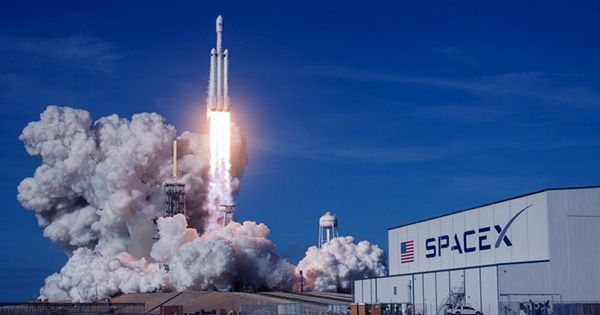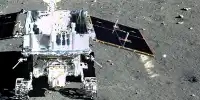The commercial race to get tourists into space is hot between Sir Richard Branson, founder of Virgin Group, and Jeff Bezos, former chief executive of Amazon. On Sunday, July 11, Branson climbed 80 kilometers to reach the edge of space in his Virgin Galactic VSS Unity spacecraft. Bezos’ autonomous Blue Origin rocket is set to launch on July 20 to coincide with the anniversary of the Apollo 11 moon landing. Although Bezos lost to Branson in time, he is on his way to a higher altitude (about 120 kilometers). The launch will showcase his offer to extremely wealthy tourists: the opportunity to reach a truly outdoor destination.
Both tour packages will provide passengers with zero gravity and a ten-minute frolic with a glimpse of Earth from space. Not to be outdone, Elon Musk’s SpaceX will travel four or five days into orbit in 2021 with his crew Dragon Capsules. What could be the environmental consequences of a place tourism industry? The Bases have made their Blue Origin rockets greener than Branson’s VSS unit. The Blue Engine 3 (BE-3) will launch Bezos, his brother, and two guests into space using liquid hydrogen and liquid oxygen propellants. VSS Unity has used a hybrid propellant containing a solid carbon-based fuel, hydroxyl-terminated polybutadiene (HTBB), and a liquid oxidant, nitrous oxide (laughing gas).
The SpaceX Falcon series of reusable rockets will launch crew dragons into orbit using liquid kerosene and liquid oxygen. These propellants provide the energy needed to launch rockets into space while producing combustible greenhouse gases and air pollutants. Combustion of BE-3 propellants produces large amounts of water vapor, while combustion of both VSS Unity and Falcon fuels produces CO, SOT, and some water vapor. The nitrogen-based oxidants used by VSS Unity also produce compounds of nitrogen oxides that contribute to air pollution around the Earth.
Roughly two-thirds of the propellant emerges in the stratosphere (12 km-50 km) and in the mesosphere (50 km-85 km), where it can last for at least two to three years. Very high temperatures during introduction and re-entry (when the protective heat solders of the returned craft burn) convert the nitrogen in the air to reactive nitrogen oxide.















